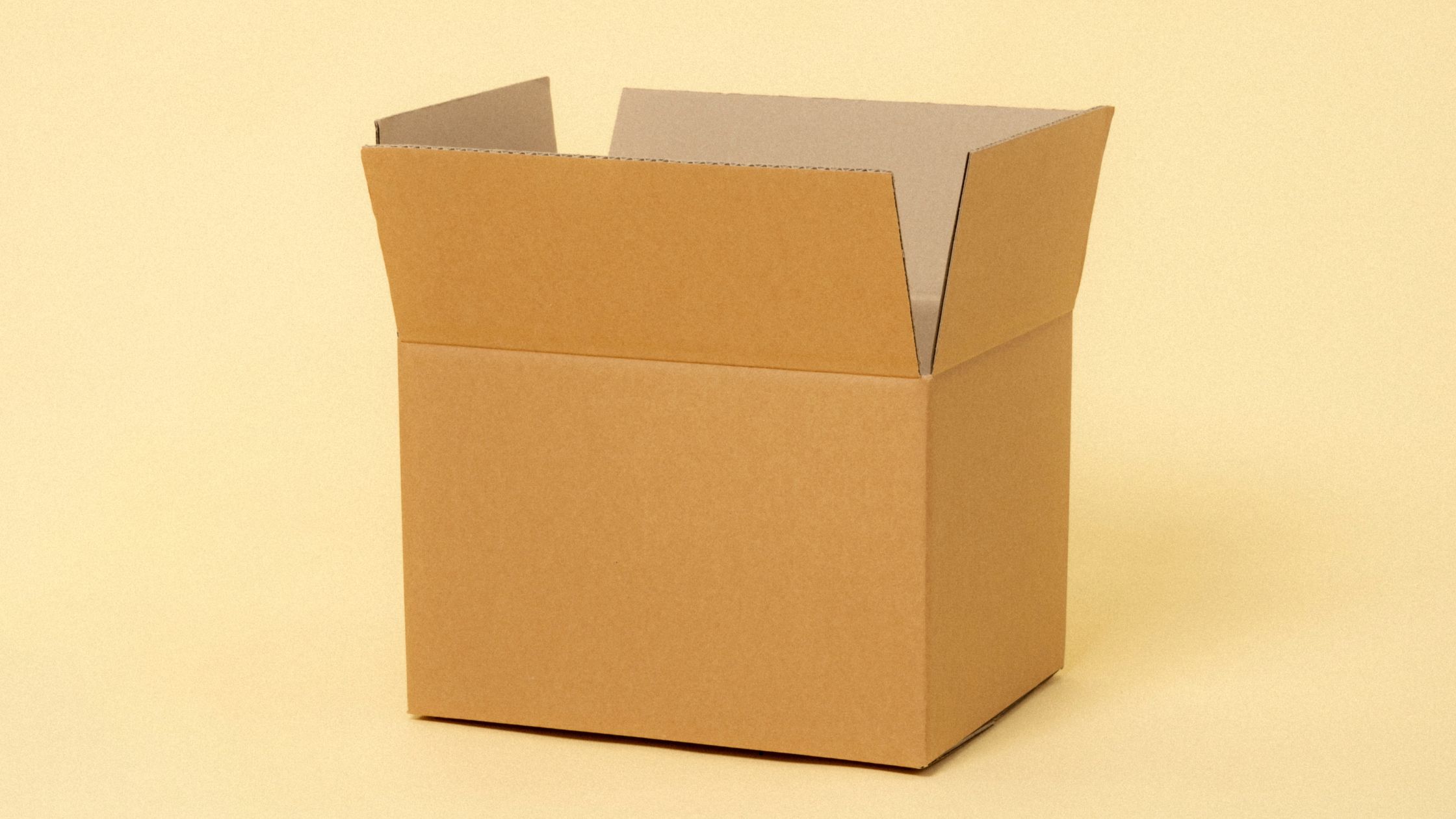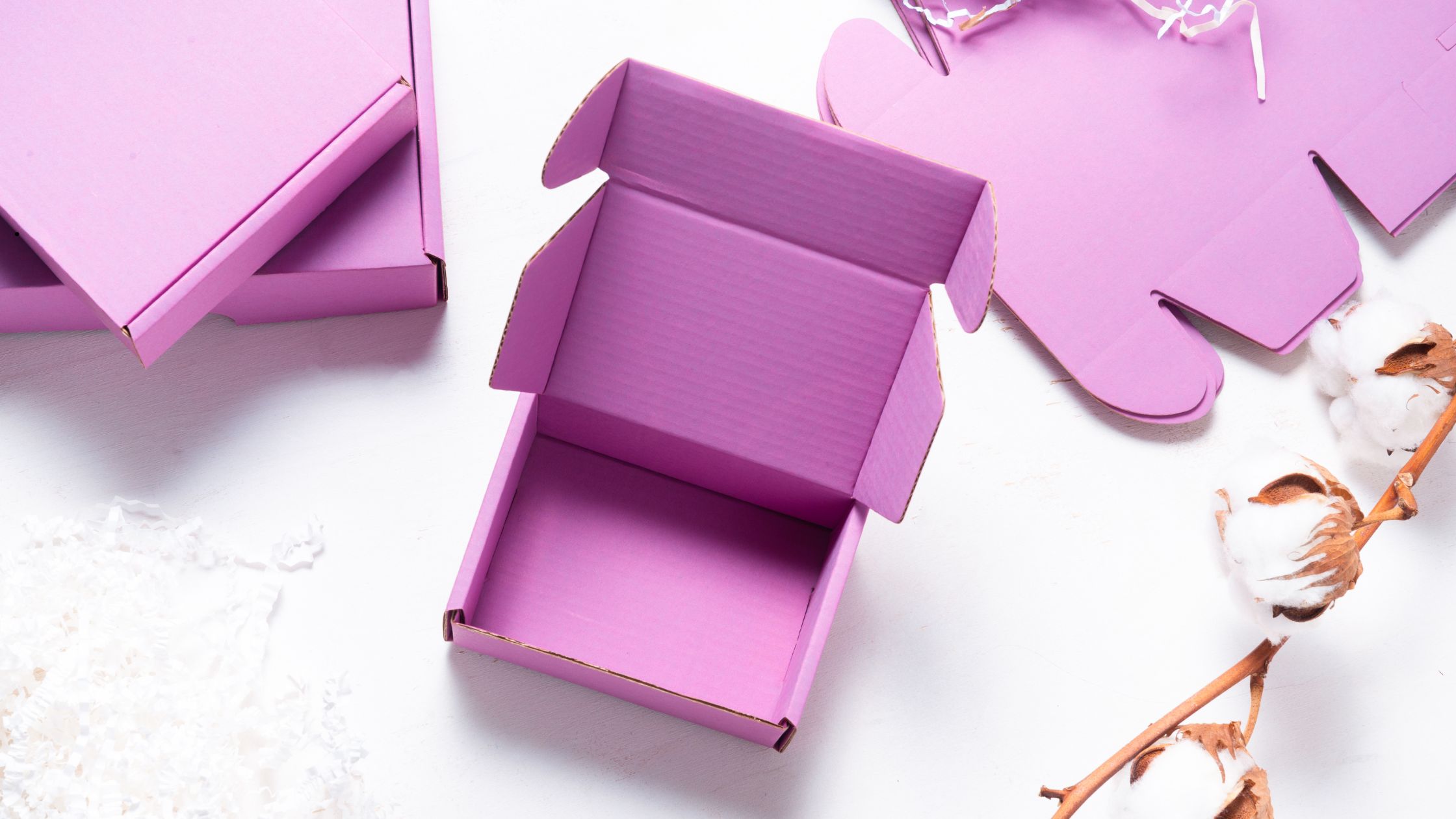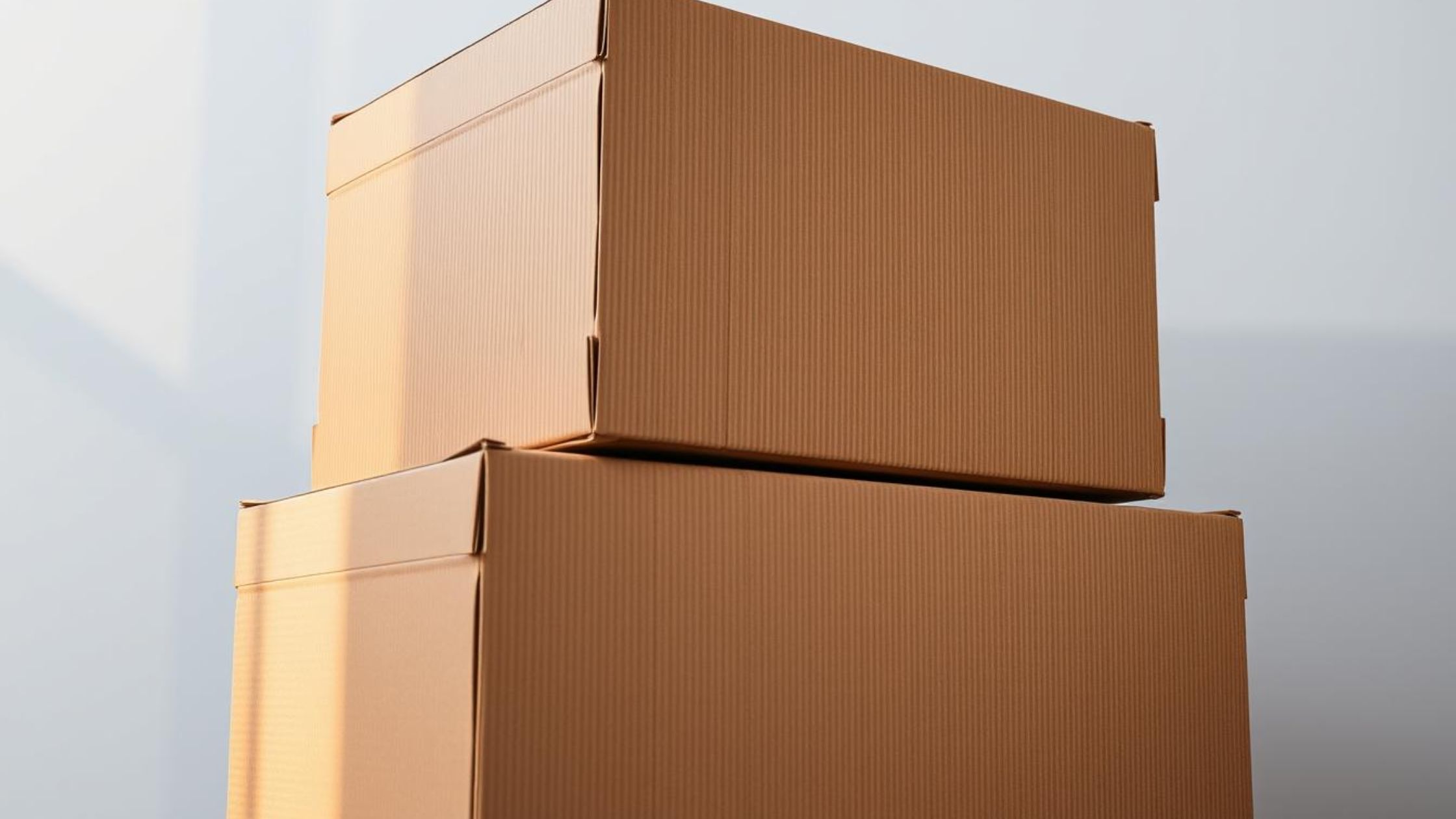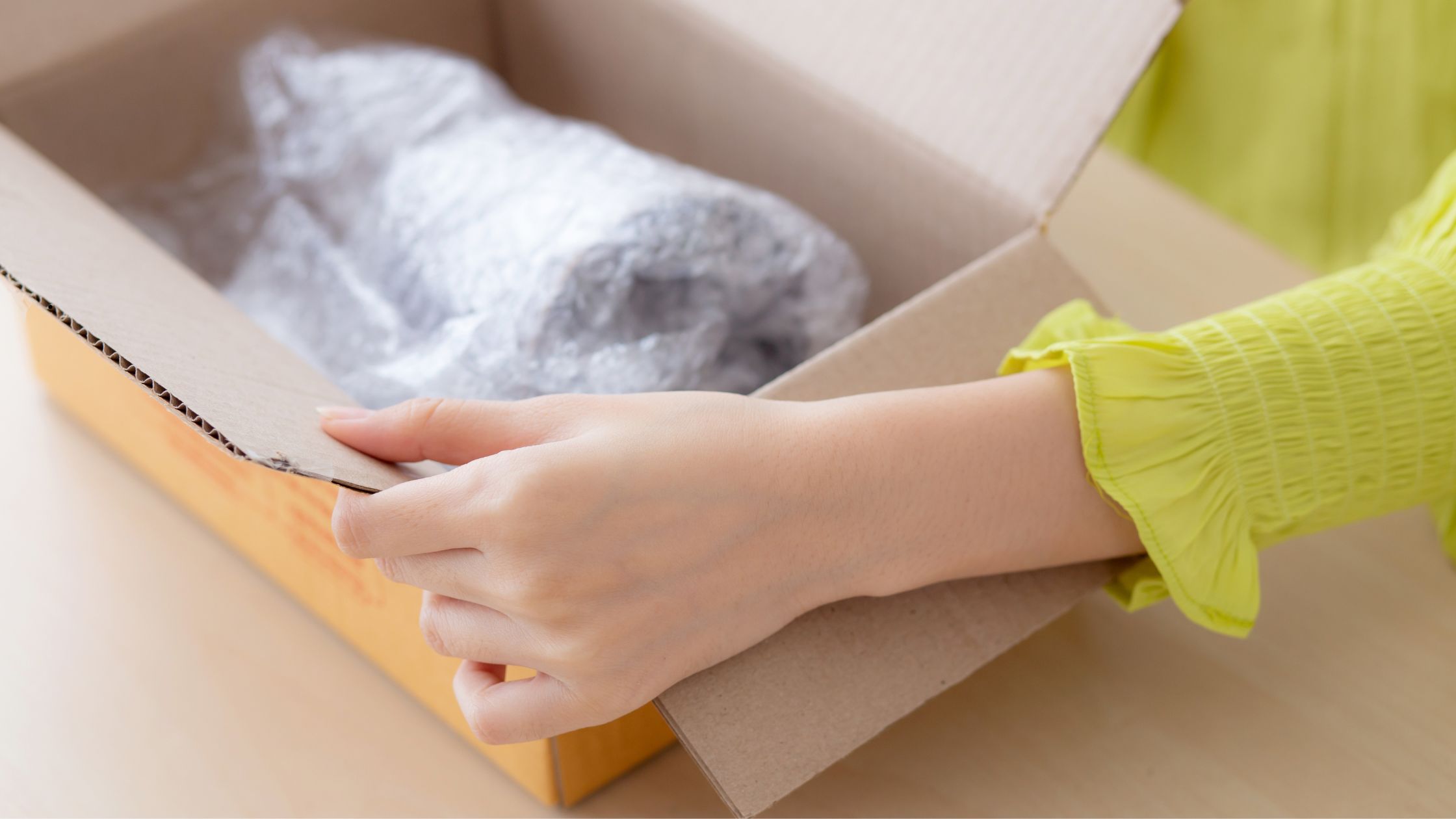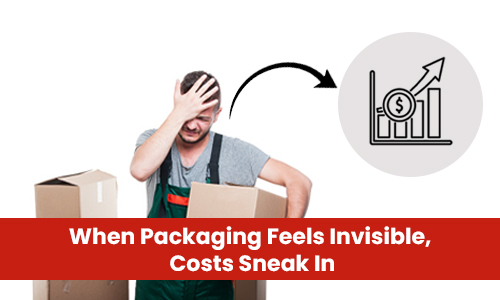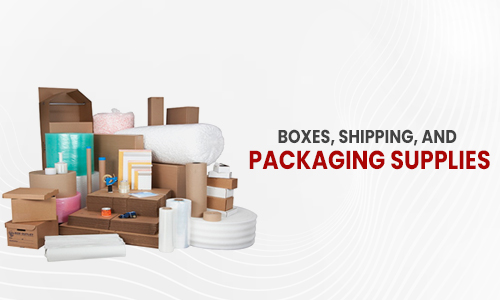
The Mini Guide to Packaging: Boxes, Shipping, and Packaging Supplies
In a world that revolves around commerce, a significant portion of that commerce involves shipping products from one location to another. This guide will help you understand everything there is to know about boxes, shipping boxes, cardboard boxes, and related shipping supplies. Whether you're a small business owner looking for shipping boxes near me, an e-commerce entrepreneur, or just a curious consumer, this guide is for you.
An Introduction to Boxes

Cardboard Boxes are a staple of our everyday lives. We use them for moving, storage, and most commonly, for shipping items. They come in many forms and sizes, from the standard cardboard box to corrugated boxes and mailing boxes, each serving a unique purpose.
The cardboard box, the most common type of box, is typically made from kraft paper. Kraft paper is known for its strength and durability, making it an excellent choice for packaging. Cardboard boxes are easy to find, whether at local stores or online. If you're wondering where to buy boxes near me, or specifically where to buy shipping boxes, you may want to consider local retailers like office supply stores, home improvement stores, or online marketplaces.
On the other hand, corrugated boxes are made from corrugated cardboard, which consists of a fluted sheet sandwiched between two flat linerboards. These boxes are much sturdier than regular cardboard boxes and provide better protection for items inside. While all corrugated boxes are made from cardboard material, not all cardboard is corrugated. The key difference lies in the structure of the material and the level of protection each provides. For basic packaging needs, cardboard can suffice, but for shipping and handling, especially for heavier or more fragile items, corrugated material is often the better choice.
The World of Shipping Supplies

Shipping supplies are essential tools that ensure your products reach their destination safely and in excellent condition. They include a range of materials like bubble wrap, packing peanuts, tape, stretch wrap, poly mailers, bubble mailers, shipping bags, padded envelopes, mailers, and even poly bags.
Poly mailers and bubble mailers are popular for shipping non-fragile items. Poly mailers are lightweight, waterproof, and tear-resistant, while bubble mailers offer an extra layer of protection with their built-in bubble wrap interior.
If you're shipping fragile items, consider using corrugated boxes with plenty of protective packaging like bubble wrap or crinkle paper. Crinkle paper is a decorative and protective packaging material that's perfect for filling voids in shipping boxes and preventing the contents from moving around during transit.
For heavy-duty shipping needs, shipping tubes or mailing tubes are excellent options. These tubes, typically made from thick cardboard, are ideal for shipping posters, blueprints, or other large documents that can be rolled up.
For those inquiring, where to find shipping supplies near me, or packaging supplies near me, you will find a variety of these supplies in physical stores or online. From small shipping boxes near me to various types of mailing boxes near me, the internet is your best resource.
Digging Deeper
It’s important to note that not all cardboard is created equal. The strength and durability of a box depend on the type of cardboard it’s made from. The most common types are cardboard sheets, corrugated cardboard, and cardboard packaging.
Cardboard sheets are flat, and they don't have the wavy middle layer known as the corrugating medium. They are often used for lightweight packaging, small parcel shipping, or crafting.
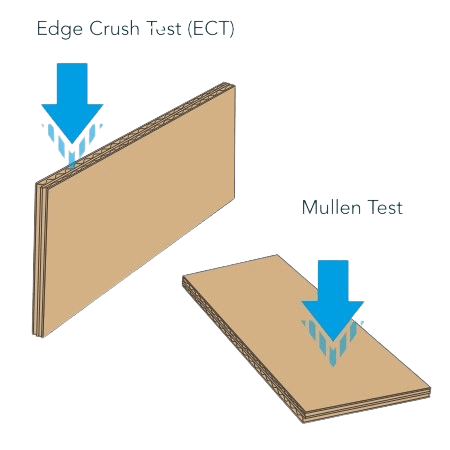
Corrugated cardboard, as mentioned earlier, is stronger and used for making sturdy shipping boxes. Its structure provides a cushion for the item being shipped, providing protection from mechanical shocks, vibration, and other potential damages during shipping.
When it comes to corrugated boards, there are several standardized tests to evaluate its strength and durability. These tests are important to determine the suitability of the material for various packaging requirements. Here are some of the most common tests for corrugated board strength:
Edge Crush Test (ECT): This is a performance test that measures the durability of a corrugated board with respect to the top-to-bottom compression strength and general bearing strength. It is measured by compressing a small piece of corrugated board edgewise between two rigid platens or plates until a peak load is established.
Bursting Strength Test: This test measures the force required to rupture the board when a specified amount of hydraulic pressure is applied to it. It provides an indicator of the material's toughness and durability.
Box Compression Test (BCT): This test is used to measure the force needed to crush a corrugated box by applying load on it at a constant rate. It helps to predict the maximum load a box can withstand during shipping and handling.
Flat Crush Test (FCT): The FCT is a measure of a corrugated board’s rigidity. It tests the resistance of the flutes to being crushed when force is applied to the face of the corrugated board.
Moisture Resistance Test: This test assesses the corrugated board’s resistance to absorbing moisture. Since moisture can significantly weaken the board, this test is important for packages that will be exposed to humid or wet conditions.
Puncture Resistance Test: This test determines the ability of the corrugated board to resist a puncture or a sudden impact. It is crucial for boxes that carry heavy or pointed objects.
These tests are performed under controlled conditions, and the results are used to design and manufacture corrugated boxes that meet specific physical, mechanical, and chemical requirements.
Finally, cardboard packaging is a broader term that covers a range of packaging products made from various types of cardboard. This could include everything from shipping boxes to product displays in retail stores.
Advanced Packaging Solutions & Emerging Technologies
For businesses or individuals requiring more advanced packaging solutions, there are options beyond just the simple cardboard box. These include polybags, shipping envelopes, and stretch wrap.
A polybag, also known as a polythene bag, is a plastic bag made from polyethylene. They're a versatile packaging solution, used for everything from food storage to product packaging. They come in various sizes and are often used in the shipping industry due to their lightweight and durable nature.
Shipping envelopes come in various forms, including standard paper envelopes, padded envelopes, and poly mailers. They are suitable for shipping flat or small items.
Stretch wrap, also known as pallet wrap, is a highly stretchable plastic film that's used to wrap items, often on pallets. The elastic recovery of the wrap keeps the items tightly bound, making it ideal for bulk shipping.
There are several innovative technologies reshaping the future of packaging. Here are some of the latest trends:
Smart Packaging: Smart packaging involves the use of QR codes, RFID tags, and other digital technology to enhance user experience. Consumers can scan these labels with their smartphones to access detailed product information, authenticate the product, or engage with interactive marketing content.
Active and Intelligent Packaging: Active packaging interacts with the product to extend shelf life, enhance safety, or improve sensory qualities, while intelligent packaging communicates product changes and other information. Examples include moisture absorbers, oxygen scavengers, time-temperature indicators, and freshness indicators.
Sustainable Packaging: The demand for environmentally friendly solutions is driving innovation in sustainable packaging. Innovations include the use of biodegradable materials, plant-based packaging, compostable materials, and packaging designed for easy recycling or reusability.
3D Printing: 3D printing technology is being used in the packaging industry for rapid prototyping, creating packaging molds, and even printing packaging directly. It allows for customization and rapid design changes.
Nanotechnology: Nanotechnology in packaging often involves the use of nanoparticles to improve the properties of the packaging material. This could include enhancing barrier properties, strength, heat resistance, and much more.
Edible Packaging: This innovative approach to packaging is exactly what it sounds like – packaging you can eat. It's designed to reduce waste and is typically made from substances like seaweed or other plant materials.
E-commerce Packaging: With the increase in online shopping, there's a growing demand for packaging designed specifically for e-commerce. This includes packaging that's designed to withstand the rigors of shipping, be easy for consumers to open, and be simple to return if necessary.
Augmented Reality (AR): Augmented reality can provide interactive experiences for consumers. For instance, consumers could scan a package with their phone to see an AR model of what's inside, access additional product information, or view interactive marketing content.
Where to Buy Shipping Supplies?
When it comes to purchasing boxes, shipping supplies, or any other packing materials, many physical stores carry them. You can also buy them online from dedicated packaging and shipping suppliers. Websites like UCanPack, Uline, Staples, Amazon, and eBay offer a wide variety of boxes for sale. Simply search for small shipping boxes near me to buy cardboard boxes near me or even buy boxes in general.
In conclusion, whether you're looking to ship a package, store items, or move, there's a packaging solution out there to meet your needs. From cardboard boxes near me to corrugated boxes, poly mailers, bubble mailers, and more, this guide should provide a good start in your journey to understanding and navigating the world of packaging and shipping supplies. Happy packaging!






